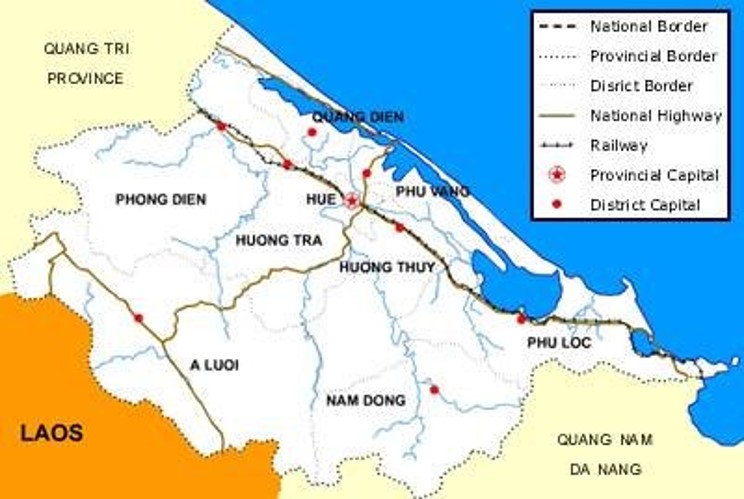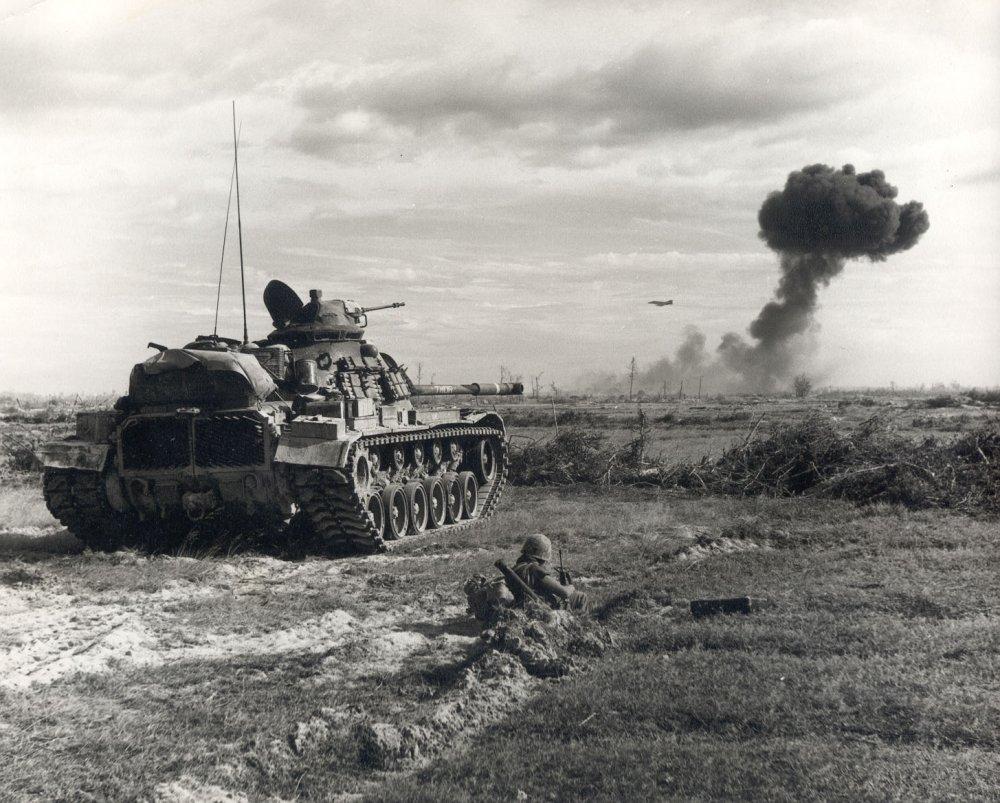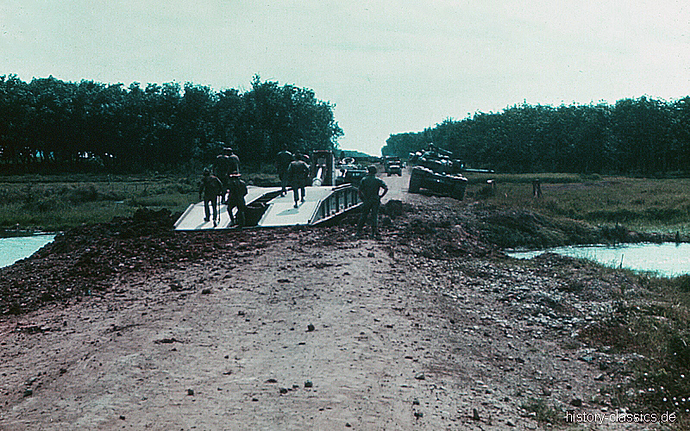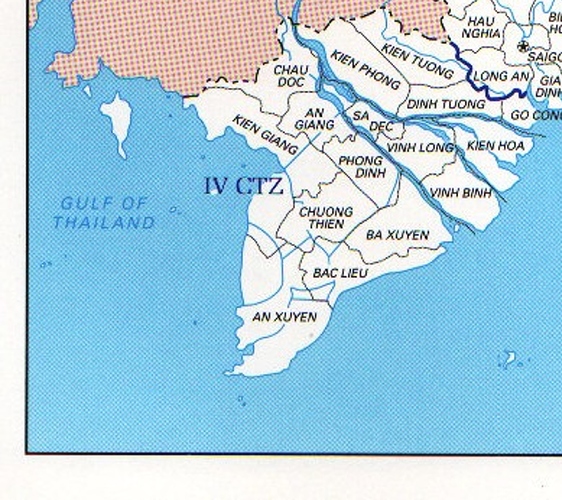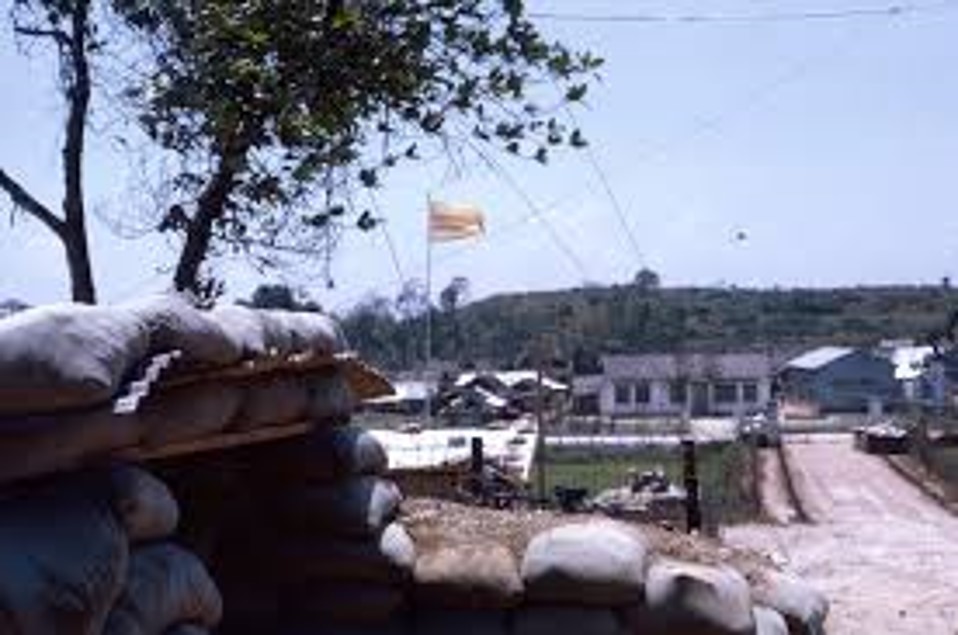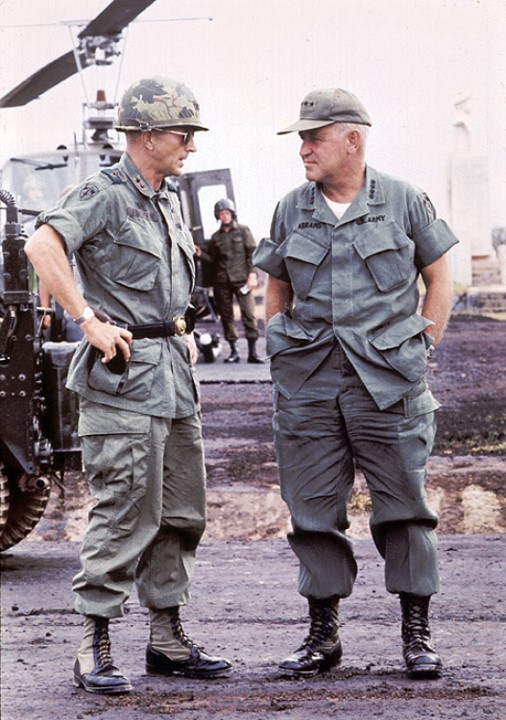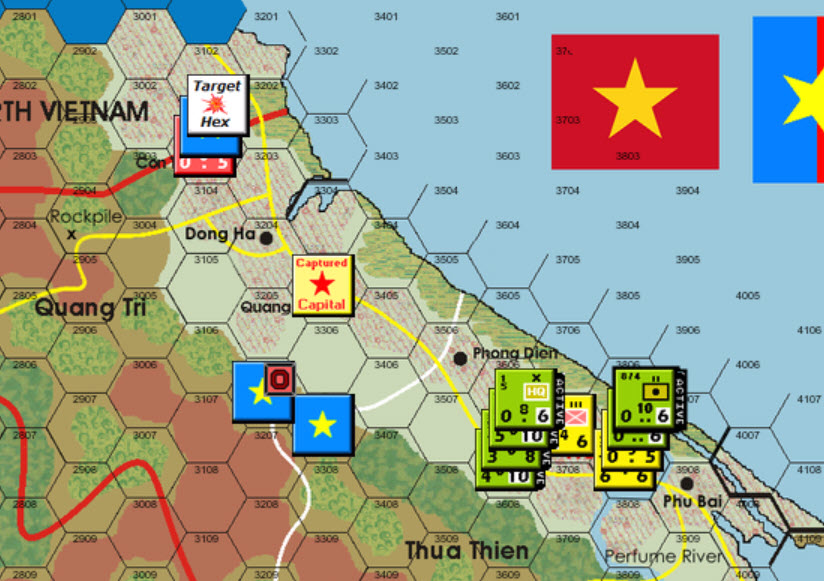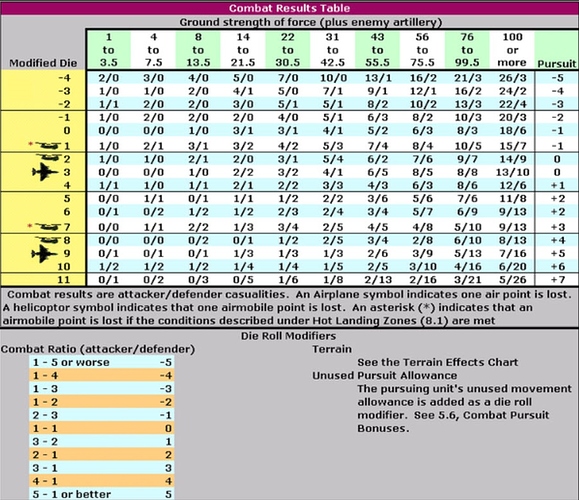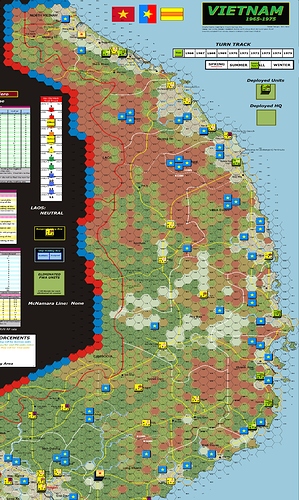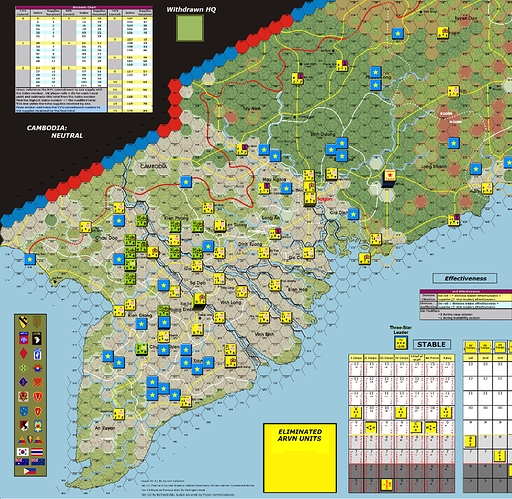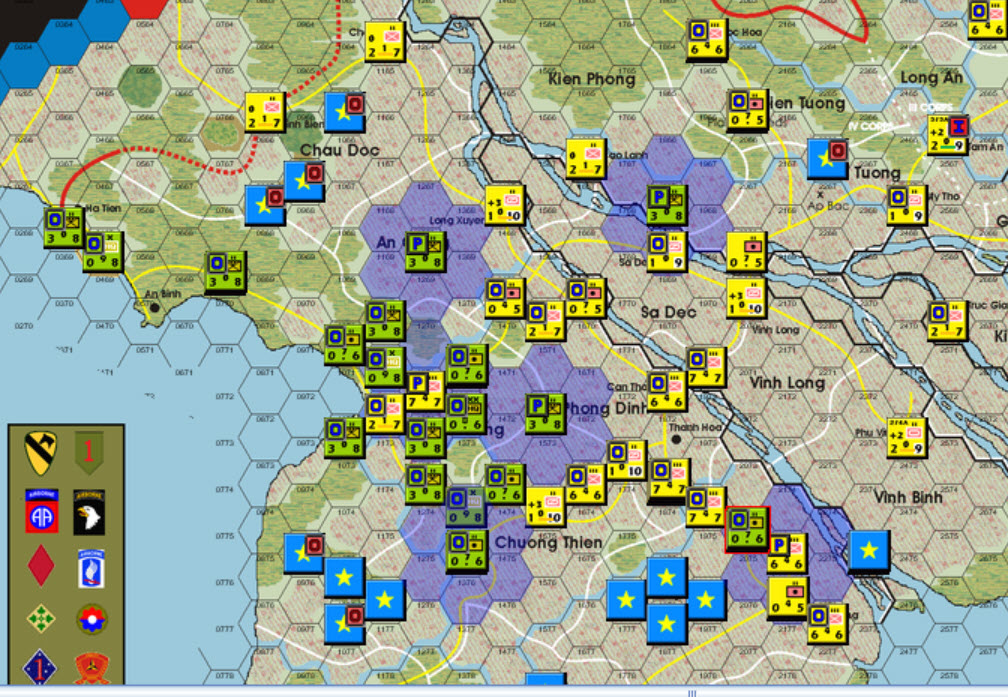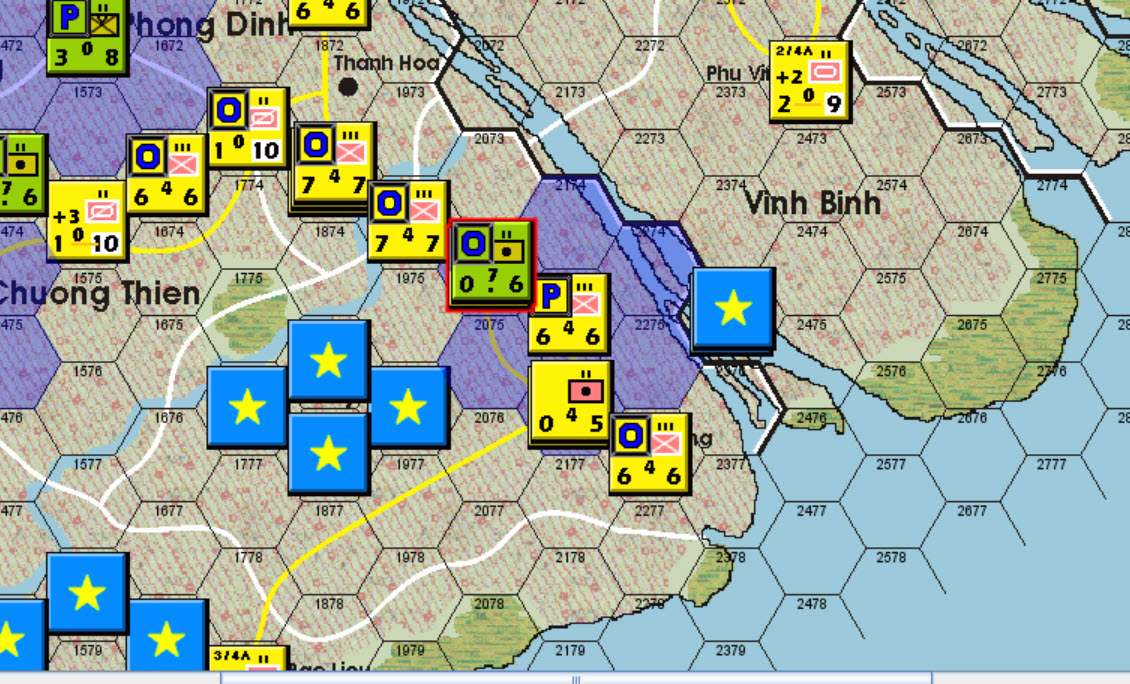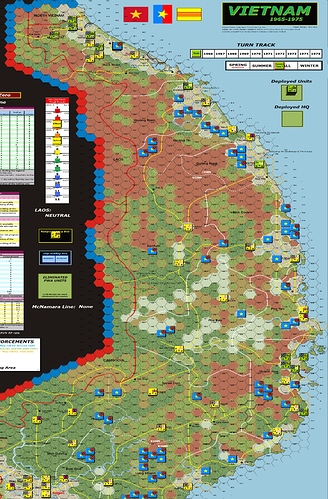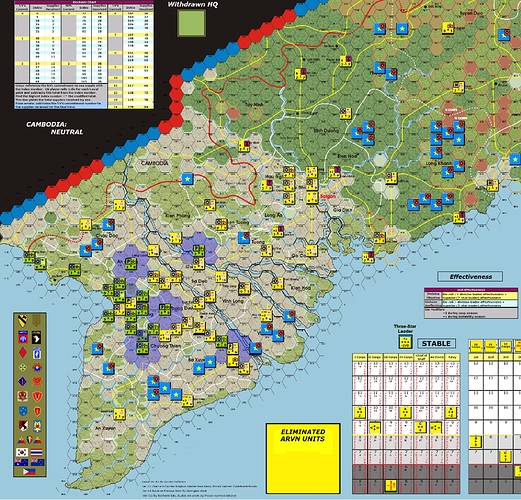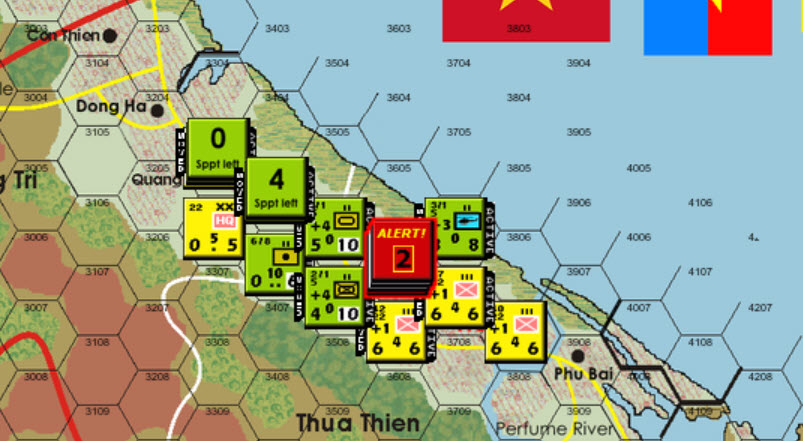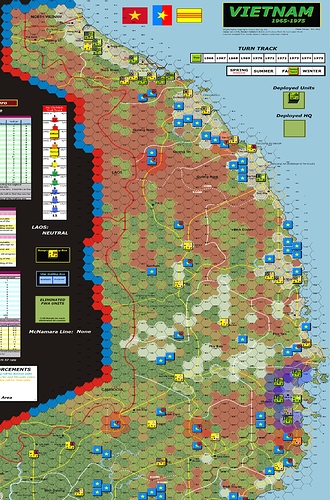Farewell, Angelina
Vietnam 1965-1975
Fall 1965 Narrative, Operations Exposition and Fall Operations Resolution
“Farewell, Angelina, the bells of the crown are being stolen by bandits, I must follow the sound. The triangle tingles and the trumpets play slow. Farewell, Angelina, the sky is on fire and I must go.”
Take a breath, hug a pet or human, and then please hit play before reading and turn to the most introspective volume your brain or household will allow.
Joan Baez “Farewell, Angelina”. Written by Bob Dylan. Released October 15, 1965.
Revolutionary War

As Fall began, it became evident that General Giáp’s exhortations to resume Revolutionary War, abandoned since the Buddhist Crisis began, in 1963, had become the dominant view in the Politburo. Large concentrations of PLAF Forces used in the Summer Offensive, had broken down into component Battalions or had reinforced Provincial Forces and Local Force cadres, abandoning most coastal areas and occupied Xuan Loc for inland base areas.
In Quang Tri Province, a concentration NLF Battalions were dispersed and the remainder had withdrawn West to the mountains. As well, the Artillery of the 1 PAVN Division remained in Con Thien, just south of the Demilitarized Zone.
Operation Metz/Operation Chim Ung Tự Hào (Falcon Proud)
The 1st Brigade/5th Infantry Division (Mech) launched Operation Metz and the 22 ARVN Division, launched Operation Chim Ung Tự Hào (Falcon Proud) in Quang Tri Province, respectively, in early September 1965. These independent, but coordinated operations were intended to clear the populated regions of Quang Tri Province of NLF units, and prevent the infiltration of enemy units into Thua Thien Province. MACV had accepted risk in I Corps, and the Staff expected the NLF to reestablish/reinforce its presence in Southern I Corps, but given the PAVN withdrawal from Quang Tri, sets as it’s goals for the Fall to clear Quang Tri and prevent any enemy gains in Thua Thien.
On September 5, Operation Metz was launched, targeting the 1 PAVN Divisional Headquarters and unknown VC elements in Con Thien. The composite Armor and Mechanized Infantry battalions of the 1/5 advanced to the South and the Northeast of Con Thien, respectively, while the Infantry battalion advanced into Con Thien, the latter two units straddling the Demilitarized Zone. The Brigade Artillery and the 175mm guns of the 8 Battalion/4 Field Artillery (FA) Regiment established Firebase Greeley 5 Miles Northwest of Dong Ha and supported Operation Metz from that location, providing interdiction fire to pin the NLF and providing general Ground Support Fire, aiding the attack. On September 7, the attack was launched. The US forces suffered minimal casualties and the 1 PAVN headquarters was destroyed, though the now identified 20 PLAF Battalion retreated into North Vietnam, 13 miles north of he DMZ. After this, the 1/5 (Mech) advanced into defensive positions along the DMZ, within Defensive Artillery range of Firebase Greeley, their intent to interfere with any potential NLF movements into South Vietnam.
The 20 PLAF Battalion reinfiltrated South Vietnam, however, and joined a grouping of NLF Units in the mountains approximately 25 miles Southwest of Phoung Dien. Artillery fire struck the 2/1/5 (Mech) and ARVN Provincial Forces in the now-reoccupied Quang Tri city on September 12 from this location, and this prompted the 22 ARVN Division to launch Operation Chim Ung Tự Hào (Falcon Proud) on September 15. The Division, minus the 40 Regiment which was garrisoning Hue, launched a combined air and ground assault, supported by ARVN Rangers and 175mm guns of the US 6/8 FA. Despite pinning the enemy forces with interdicting fire, the NLF (now identified as the aforementioned 20 PLAF Battalion, the 5th PLAF Divisional Artillery Regiment and the 2 Thua Thien Provincial Battalion) formed an assault column for retrograde movement, attempting to move through the 6/8 FA contingency firebase. The NLF assault caused no casualties to both forces and the NLF retreated towards the coast, 5 miles South of Phuong Dien and 3 miles East of National Route One.
Operation Metz II /Operation Chim Ung Tự Hào (Falcon Proud) II
The 20 PLAF Battalion and the 2 Thua Thien Provincial Battalion then moved into southern Thua Thien Province, into mountains near the Laotian border, approximately 40 miles West of Da Nang. On September 30 the entire 1/5 (Mech) and the 22 ARVN Division (minus the 40 regiment, which had moved South), supported by the 175mms of both the 8/4 and 6/8 FA conducted a combined ground and air assault against the 5 PLAF Divisional Artillery, 5 miles South of Phuong Dien. This unit was destroyed, at the cost of approximately 150 ARVN and 10 US Casualties. The tactical advantage gained by the operation allowed these elements to continue south, to the Tua Thien/Quang Nam provincial boundary, to prevent any Viet Cong infiltration north from the latter province.
Operation Bastogne/ Hổ Giận (Angry Tiger) III and IV
Operation Bastogne/Hổ Giận (Angry Tiger), begun in the Summer, continued into the Fall as the 101 Airborne (Air Assault) Division and the 1, 23, and 25 ARVN Divisions launched Bastogne/ Hổ Giận (Angry Tiger) III on September 10, which attempted to continue to disrupt NLF pockets in the Delta and cordon these units into pockets that could be reduced, and preventing the NLF positions from being able engage in mutually supporting operations.
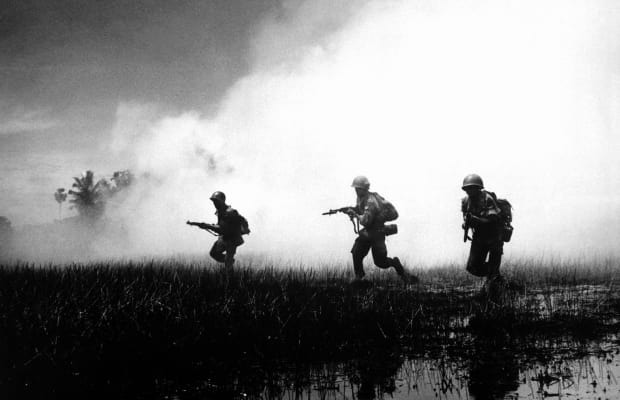
However, by September 28, a coastal gap appeared in a US/ARVN cordon in Southern IV Corps, allowing at least 5 NLF units to escape North of the Southern Distributary Channel into Vinh Long Province. This caused a change in plans for Bastogne/ Hổ Giận (Angry Tiger) IV. Rather than reduce the pockets with this Fourth Phase, pockets would be constricted in Southern, Eastern and Northern IV Corps, with the goal of then reducing them in Winter; the NLF having been restricted to a small portion of the overall Area of Operations. By October’s end, enemy units were isolated into four pockets with two NLF units in each of Chau Doc, An Giang and Vinh Long Provinces, three in Bac Lieu Province and five in Kien Hoa Province, the latter troubling as it has the largest population in the Delta.
Defensive Posturing Along the Coast and near Saigon
NLF Movements consisted of a retrograde movement into the interior of the country, into rough terrain, followed by reinfiltration into the populous coastal provinces of Quang Nam (4 Unidentified NLF Units), Quang Tin (5 Unidentified NLF Units), Quang Ngai (4 Unidentified NLF Units), Binh Dinh (7 Unidentified units), Phu Yen (3 Unidentified NLF Units), Khanh Hoa (6 Unidentified NLF Units), and Binh Thuan (3 Unidentified NLF Units). As well, large NLF concentrations in Long Khanh Province (14 Unidentified NLF Units) seemed on the verge of creating a new NLF Base area in that Province, near the II/III Corps seam. ARVN Paratrooper and Marine Divisions conducted short sweeps into these areas to disrupt NLF Operations along the edges, but as Southern I, and all of II and III Corps were experiencing the results of MACV’s decision to employ Economy of Force to enable aggressive operations in IV Corps, these operations were of limited effectiveness in inhibiting NLF Freedom of Movement.
The 173 Airborne Brigade (Separate) conducted aggressive patrols in Khan Hoa to inhibit NLF movement into populated areas, but this too was limited in its impact. This NLF coastal presence could not be dealt with effectively without an expansion of ground troops in the region.
Concerns as Fall Ends
With the ending of November, it became apparent that something had to be done soon, regarding the coastal NLF presence or pacification efforts could continue to be degraded. Secretary of Defense McNamara planned a visit to Vietnam in early December to meet with MACV Commander General Abrams regarding Operation Freedom Partner troop levels and bearing potentially troubling news regarding a RAND Corporation study of the NLF, Pacification Efforts and current Military Operations. “The Principal wants us in his office,” Abrams told Major General Seaman, his MACV J3 Operations Officer, “And I think he wants some answers regarding our grades this term.”
Fall Operations Resolution (and Exposition)
Please hit play before reading and turn to the maximum volume your brain or household will allow.
The Rolling Stones. “Get Off of My Cloud”. (Performance begins with “She Said Yeah” written by rockabilly singer Roddy Jackson and Sonny Bono - under the name Don Christy). Released September 25, 1965. In the Top 10 all of October 1965.
The Operations Sequence
“When eating an elephant take one bite at a time” – General Creighton Abrams
What is the Operations Sequence?
For the Season’s Operations, you do this twice, in two Game Turns.
1 – Support Phase -Self Explanatory. The US player make sure all Air, Airmobile, and Riverine Points are all accurate and reflected properly on the record tracker.
2 – Special Operations Designation Phase: US Player indicates all units on Hold or Patrol. Then the NLF Player does the same. “Hold” doubles the combat and support strength of a unit for defense, for the Game Turn, but makes the unit ineligible for any other operations that Game Turn. Units on Hold also have no Zone of Control – ZoC (ZoCs inhibit enemy movement). “Patrol” doubles the ZoC effect of the Unit on Patrol; it really inhibits enemy movement. Any units that do either are Operations Complete (OC) for the rest of the turn. The NLF Player may conduct Strategic Movement later on in the Operations Phase (the NLF cannot do Security Operations or Naval Movement). Ineffective ARVN Units may only conduct Strategic Movement and may only do so in this Phase.
4 – Operations Phase – This is the Heart of the Game Turn. First, the NLF decides who is going to Operate. Then the Operating player may do any of the operations outlined above, as well as:
Search and Destroy Operation (both Players): Basically, movement and then Attack by designated Units.
Clear and Secure Operation (US Player Only): A Search and Destroy, sacrificing some mobility, where the units can end the Operation on Hold or Patrol, at his choice.
Bombardment: US Air Points, US Naval Units or either players’ Artillery Units (that have not moved) may bombard an enemy unit.
Offensive Reserves (US Player Only): Units may join a Search and Destroy or Clear and Secure Operation already in progress.
Defensive Reserves (US Player Only): Units may join the defense against an NLF Search and Destroy Operation already in progress.
Note- any operation could conceivable have all that side’s units and all its support allocated to it. If a Player wants to do that. Your only limit is yourself.
5 – Game Turn Indication Phase: This is Just the End of the Game Turn. This occurs when the NLF Player Declines to Operate, the US Player Declines, and the NLF Player Declines again. Theoretically, every single Unit on Map May conduct/participate in any of the above before this occurs, but they do not have to. If it is only Game Turn One, you go back to the top there and do it all over again for Game Turn Two. When that ends, that ends the Season.
Here is an S & D Operation step by step.
Operation Metz: Target is Con Thien, 1 PAVN Divisional Headquarters and an Unknown VC Unit. 1st/5th Mech HQ, and 3 Battalions, and 1 Supporting 175mm Battalion are activated for a US-Only Search and Destroy Operation. No Air or Airmobile Support.
The BDE HQ, the 8/4 FA BN and the 1BN/1BDE/5 move due South of Con Thien. The 2/1/5 Mech BN moves to the Northeast of the Target. Note that the move costs 4 ½ movement points for that unit, ½ a MP for every road hex, then an extra movement point to leave the VC ZoC to enter to the north east of it. The 3/1/5 Infantry Battalion moves into the Target hex. The Hex is interdicted for -1 using 6 artillery from the BDE artillery’s 8 total. Note that Quang Tri is not Free Fire (I want it to heal in Pacification). If Free Fire, that cost would have been 3. You can Interdict up to -2 which costs 7/14 Fire points. Interdiction makes it harder for the enemy to leave the hex, either during VC Alert Movement or during a retreat, by giving a -1 or -2 MP penalty. My Unit in his hex costs an extra 1 to leave. My surrounding ZoCS cost a -1 MP. So, if he chose to leave after an Alert Roll, it would cost him 3 MP’s plus the cost of the adjacent terrain.
VC (not NVA) May always make an Alert Roll right at this point; after the units are committed to the operation (including, potentially Airmobile and Air points) , and after Interdiction Fires, but before revealing for determination of combat odds. The VC then rolls 1d6 and adds the foot movement cost of the terrain (here, 1 MP). So, if he rolled a “3” he could move one hex into clear or Cultivated terrain. He’d need at least a “5” (+1 to a “6”) to be able to move and then escape “clean” and not be adjacent to me, and that would end the combat. Or he could Move into another hex and face fewer units adjacent. But my Artillery is very long range, he really can’t avoid that. All those are permutations of the VC Alert Roll. And it helps explain why, in the game they are so difficult to bring to combat. It is very resource intensive. Even on a simple Bombardment, they will simply alert and move away, wasting the bombardment. If the VC after the Alert roll, decide to, they can disperse. The Combat unit (s) are removed as “kills” and their ground strength added to their replacement pool. They can always disperse too in response to losses, say, taking a 1 pt loss with a 2-ground strength Battalion, taking the damage with one of those points and adding the other to the replacement pool.
Anyway, this is moot. The VC want to stay and fight and see if they can save the NVA HQ. He doesn’t roll
I know that NVA has 6 Artillery Strength. I assume that the VC isn’t a political Section decoy or it wouldn’t be there. I assume that he’ll be hitting me with 6 Artillery (NVA and VC don’t have “free Fire Zones” and whatnot. The whole country is “Free Fire” to them) and 2-3 Ground Strength Points. 8 or 9 total for odds. So I declare my attack: I have 12 Arty Left, So I use 6 Ground Strength of the 12 I have available to which my net 6 Arty will be added, making 12. With luck, he’ll have 8 and I’ll get on the 3:2 table. No matter what we do, I’ll be on the 8-13.5 Casualty Table, as he will be (if he has a 2 or a 3 Ground Strength).
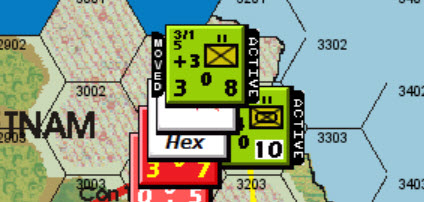
He has a 3. 9 total. I am one short of a 3:2, but I didn’t go up to the 14-21.5 table for casualties.
We are both on the 8-13.5 chart. It is a 1:1 attack, -1 for a town. I roll a 5, -1 to a 4. We each lose one. I get +1 Pursuit for the next round. This is important. If he retreats, he’ll only be able to move one hex with the HQ, into cultivate or Grasslands. And he’ll be adjacent to my Armor or Mech Battalions, which each have an inherent pursuit of +4. So I could do the same attack again, (with as much as 12 Ground, but I’d use 5) and all my artillery (net 9). For odds purposes I’d be at 14 Total for a 3:2. So I’d roll with a net +1 for odds, +1 for Pursuit Result, +4 for Inherent Pursuit = +6. That would really hut him. So, he just kills the HQ for his loss and retreats the Battalion far into North Vietnam. I take 1 US replacement loss. Then I get to pursue in Movement points based on +1 to every unit’s inherent values. The Artillery and the HQ can’t pursue (unless they are Airmobilized). So, I occupy Quang Tri with the Mech, leave the Infantry in Con Thien and Move the Armor out West to inhibit any moves he might make out there. They are all in rage of their BDE Artillery and that Independent Artillery, so, If attacked, 9 net (18 halved, no Free Fire) points of death from Above will aid each in a potential defense.
End Operation
Support at Start of Operations
I and II Corps at Beginning of Fall Operations.
III and IV Corps at Beginning of Fall Operations.
End of Operation Bastogne III
The Coastal Gap
I and II Corps at End of Fall Operations 1
III and IV Corps at End of Fall Operations 1
Commentary – Curt did what I thought he’d do and transitioned from big unit, Aggressive War to Revolutionary War. Namely create a presence, harass and avoid concentration or contact and attempt to impact Pacification.
I had successes in IV Corps, hampered by a lack of friendly forces which allowed the coastal gap to appear. I was content, in Fall to merely have a chance at increasing government control in IV Corps. He is split up, and his units will be destroyed there in Winter. Or he can withdraw them. Either outcome satisfies me. But that needs to happen next Season. No delays.
Because I need to move on to other things. More problematic was the gut-wrenching appearance, mostly uncontested, of NLF Units on the Coast from South of Da Nang to Vung Tau in III Corps. And I just don’t have the force to do anything about it. Pacification could go very wrong for South Vietnam next Interphase.
My strategy Commitment-wise was to go strong and “set the table” for country-wide pacification in 1966, but accomplish tangible goals in IV Corps, while getting all support and firepower in Place by the beginning of 1966. As well, this would let me come in strong, early, but try too avoid some US Morale penalties (-1 for being at 100 Commitment, -1 for each 5 over 25 new Commitment, etc), by coming in (relatively) light in Fall, after the 50 Commitment Point big kick off in Summer.
This strategy though assumed risk along the coast, and Curt is coming down on the strategy’s vulnerability, but hard. I actually would have preferred he stay aggressive.
Operation Metz II
Commentary – I think, think, mind you, that I can possibly end combat in IV Corps and move to a holding strategy by Winter’s end, but I need to begin that hand off now. Not much else to comment on here. The pacification mods (mostly -1 per unit, as they are all in cultivated) along the Coast worry me greatly. Curt did a classic NLF operational concept there (that I have done in the past too). Migrate to poor terrain inland in the first turn of the Season, and then migrate back to the coast at Season’s end. With the low troop density, I have, I can’t say much about it. Next Interphase’s Pacification and Commitment for both of us will be, as they say, “A Big Deal”.
I and II Corps at End of Fall Operations 2
III and IV Corps at End of Fall Operations 2
Support at End of Season
“The telephone is ringing I say, ‘hi, it’s me, who is there on the line?’ A voice says, ‘hi, hello, how are you?’ ‘Well, I guess I’m doin’ fine’.”
Next: What will happen when McNamara visits Vietnam? What does the RAND study contain? What will Pacification indicate? What will the next stage of Operation Freedom Partner bring to South Vietnam?
By the way, if anyone has any questions about the game or the narrative: rules, why who did what, what’s happening in the History, stuff about the music, really anything, feel free. It won’t disturb or “clutter” anything, and the initial post will be updated with bookmark quick links from time to time. I’m happy for this to be an interactive, discursive experience. If I wanted this diary chiseled on impenetrable stone, I would have blogged it. Talking about stuff here, well, it’s fun.
